There’s a lot to love about seafood, it tastes great and has a huge range of health benefits.
However, there is a consequence to enjoying your favourite aquatic friend with today’s seafood farming methods.
The current practice of overfishing has resulted in our oceans being depleted and some species are now under serious threat of extinction. But never fear!
Sam Canning a passionate free range butcher explains the best way to enjoy seafood so there is always plenty of fish in the sea!
Why sustainable seafood matters
To put it bluntly the oceans are in crisis and are facing collapse due to overfishing.
According to the U.N.’s State of World Fisheries and Aquaculture (SOFIA 2010), 85 per cent of the world’s fisheries are now either overexploited, fully exploited, significantly depleted or recovering from overexploitation.
You can help slow down this process by choosing local and sustainable fish.
Meaning that it is not at threat of being over fished, or farmed using sustainable processes.
What’s the least sustainable seafood?
It’s best to reduce your intake or search for sustainable alternatives for the following fish:
- Shark (flake) – although Australian Gummy Shark is a good option
- Bluefin tuna
- Sea-Cage farmed salmon.
- Skate
- Ray
- Imported prawns
- Swordfish
- Marin
- Sea Perch/Deep-Sea Perch
It is still sustainable to enjoy the above species on occasion or look for local and ethically farmed varieties.
What’s the most sustainable seafood?
The following species of fish are a more sustainable choice, and are not at current risk of being over fished:
- Australian Herring
- Australian Sardine
- Cone Bay Barramundi
- Luderick
- Victorian Snapper
- Squid & Calamari
- Trevally
- Australian Salmon/Baby Trout
- Bream
- Flathead
- Leatherjacket
- Mullet
- Octopus
- Tailor
- Crab
- Bonito
- Mussels
- Mackeral
- Local wild prawns
- Whiting
- Mahi Mahi
Source: Sustainable Table’s Seafood Guide
Whenever possible, choose local:
The easiest way to find guilt-free fish is to buy as local as possible and non-canned fish.
Your local fishmonger or butcher can tell you exactly where your fish is coming from and likely how it is farmed.
Seafood cooking tips
Now that you have a delicious bunch of fresh, sustainable seafood – how should you cook it? See below for my top tips for cooking seafood:
General Seafood Cooking Tips
- Internal cooked temperature should be 70°
- Always preheat your oven for 15 minutes
- Never skewer or cut to check if it’s ready
- It’s always better to undercook than overcook, remember you can always put it back on
Flathead fillets
Roll in flour and place on a hot BBQ or pan with butter and lemon, salt and pepper for less than 8 mins in total.
Tasmanian salmon
Cook on a really hot BBQ (pan will spit everywhere so best to use a BBQ), skin-side up for 2 mins. Then one side for a minute, then the other, then skin side down for 4 mins, then back to skin side up (the first side) for 2 mins. Awesome!
Prawn cutlets
Toss them around on a hot BBQ or pan, with olive oil and lemon for 8 mins. You don’t want them to tighten up too much.
Salmon patties
Roll in crumbs (optional), flatten by hand, hot pan with lots of butter, 4 mins each side. Great with mango chutney or sweet chilli sauce.
Seafood is great, just make sure that it’s sustainable seafood!
Do you ask where your seafood is from?

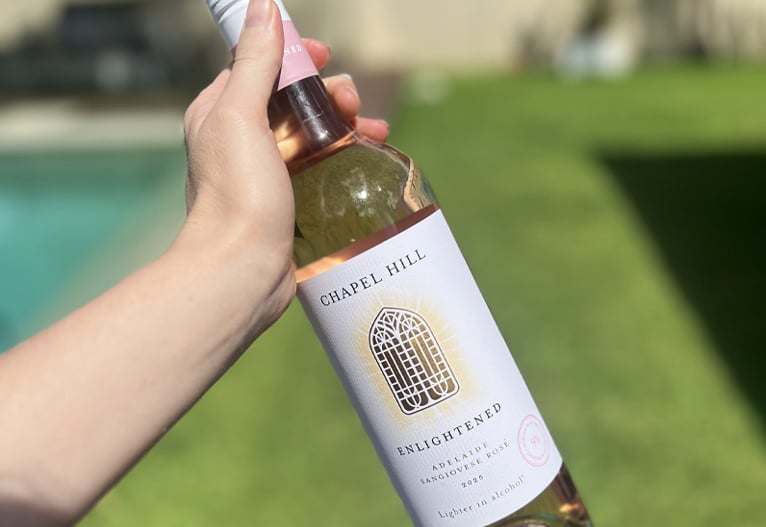




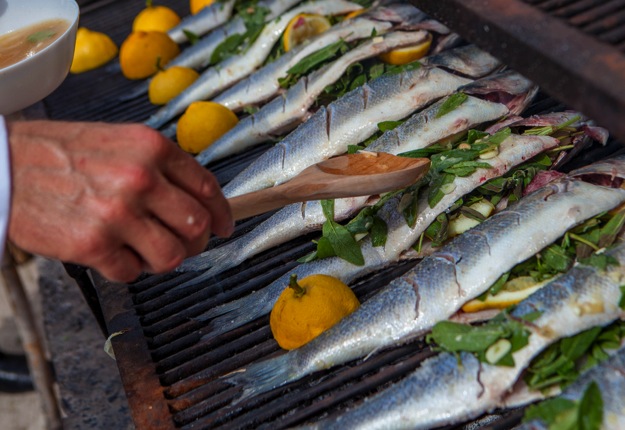
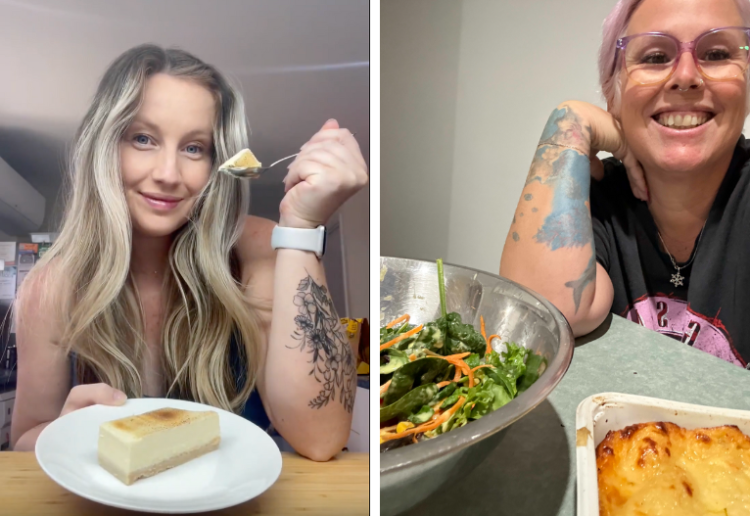








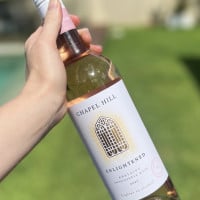

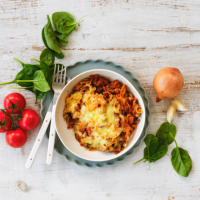
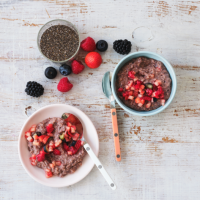



10:46 am
12:42 pm
6:32 pm
8:46 am
10:25 am
9:58 pm
4:21 pm
9:57 pm
5:49 pm
11:50 am
7:13 pm
-

-
-
mom94125 replied
- 19 Oct 2015 , 1:29 pm
Reply9:59 pm
12:55 pm
3:49 pm
2:20 am
4:36 pm
8:58 am
7:01 pm
2:39 pm
8:36 pm
-
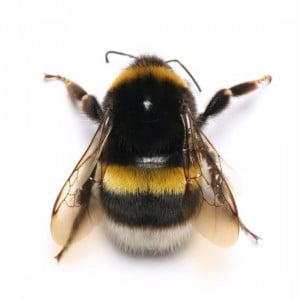
-
-
mom93821 replied
- 18 May 2015 , 6:43 am
Reply- 1
- 2
- »
Post a commentTo post a review/comment please join us or login so we can allocate your points.